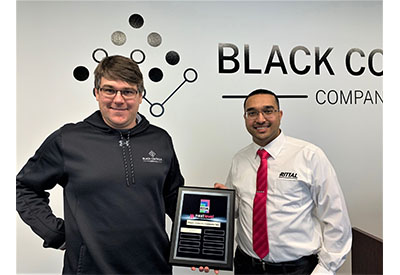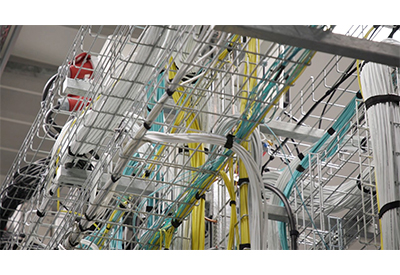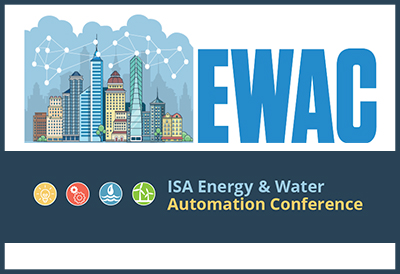AWS IoT button now a part of ERP processes

November 29, 2018
ERP systems are increasingly being connected to more and more things, including the AWS IoT button. This simple button, with the right use case, can streamline some processes.
The factory of the future has been envisioned as an automated environment utilizing IoT systems, predictive analytics, wearables, drones and robots. You can now add to this list specialized vending machines and a tool that’s been popularized by Amazon: the IoT button.
The IoT button, a cloud programmable technology, began as a consumer product, the Amazon Dash Button. It lets users reorder supplies with the push of a button on a console or fob. Amazon subsequently released the AWS IoT button for enterprise platforms.
Ohio-based distributor Jergens Industrial Supply (JIS) recently discovered that when the AWS IoT button technology is integrated with an ERP system that handles ordering, delivery and purchasing, it can streamline all those processes, reduce costs and improve efficiency.
JIS supplies manufacturing firms in interesting ways. It uses special vending machines, not unlike a machine that dispenses sandwiches, to make inventory available to shops. The supplier keeps everything in stock on the shop floor and the manufacturer is only charged once something is checked out by an employee.
This process creates the need for some inventory controls. The data generated from the AWS IoT buttons and vending machines can generate purchase orders and automate the processes handled by JIS’s Epicor ERP system.
Vending machines dispense supplies
A shop floor employee who needs a new drill bit, for instance, can get one out of the vending machine. The employee can enter an ID or scan an identification card, creating a record of who needed the part and for what job.
By linking the supplies taken from the vending machine to a particular job, a manager can “follow up to see if there is an issue that is causing one employee to use more tools and increase cost,” said Matt Schron, general manager of JIS. The increased need for parts could also be a sign of bad materials or the need for some additional training, he said.
The vending machine can also limit what’s taken. If an employee checks out a pair of work gloves and returns in the same day for another pair, the vending machine can be programmed to prevent the employee from checking out a second pair without a manager’s approval, Schron said.
The AWS IoT button can be installed immediately adjacent to a particular supply, Schron said. When the button is pressed, it signals that the supply needs to be replenished. All button-initiated orders are aggregated and delivered to the customer in a 3 p.m. email. The customer reviews the orders and confirms them, and then they are processed by the ERP system.
The AWS IoT button, which the firm has dubbed the JIS Express button, is not a secured inventory system, unlike the vending machines. The buttons are designed to be more of an open inventory system for larger items that might not be as critical or that cannot fit into a vending machine, such as paper towels or coolant drums, Schron said.
In tandem with an AWS IoT button, a vending machine eliminates the need for paper-based inventory recording. A tool manager or other employee can simply walk around the bins and push the buttons next to the supplies that need to be refilled. Pushing the button builds the order for the manager, improving productivity, Schron said. Meanwhile, the ERP system keeps the customer and JIS up to date on inventories and when JIS needs to order from its own suppliers.
IoT button is a lower cost option
If a customer requires thousands of items, JIS may establish vending machines to manage the customer’s inventory. But these specialized vending machines can cost from $20,000 to $40,000. For smaller customers, buttons are a better option. The button hardware, exclusive of software development and all the support costs around it, is about $20, Schron said.
The IoT buttons are finding uses in business settings, but the outcome is mixed.
If one user finds a copier is broken and hits the Press for Service button, there is no way for service personnel to acknowledge that they have received the request or to provide additional info, said Marc Phillips, the director of marketing at Bright Wolf, an industrial IoT vendor. The copier may need a part that’s on order, he said. Not being aware of such a delay, users may quickly lose faith in the button.
But in an industrial setting, Phillips said he is aware of IoT buttons being used to ensure that a certain piece of equipment gets regular attention.
“Affixing a button to the equipment and creating a data trail showing it was pressed at least once at the assigned interval is a simple way to guarantee compliance,” he said.
Read the full article here:
https://searcherp.techtarget.com/feature/AWS-IoT-button-now-a-part-of-ERP-processes
















